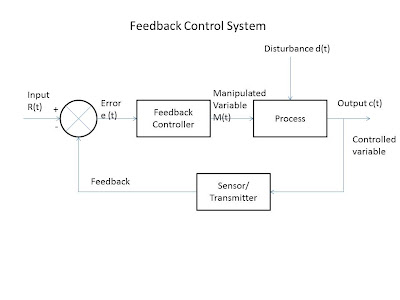I have prepared a list of instrumentation and control engineering based companies in India, which you should must know.
National Instruments:
National Instruments transforms the way engineers and scientists around the world design, prototype, and deploy systems for test, control, and embedded design applications. Using NI open graphical programming software and modular hardware, customers at more than 30,000 companies annually simplify development, increase productivity, and dramatically reduce time to market. From testing next-generation gaming systems to creating breakthrough medical devices, NI customers continuously develop innovative technologies that impact millions of people.
If you are interested in this company you may send a mail to
ni.india.resumes@ni.com.
ABB:
ABB is a global leader in power and automation technologies that enable utility and industry customers to improve their performance while lowering environmental impact.
Go to the Careers Section to
Search Jobs
Larsen & Tourbo:
Larsen & Toubro Limited (L&T) is India's largest engineering and construction conglomerate with additional interests in electricals, electronics and IT. A strong customer-focus approach and constant quest for top-class quality have enabled L&T to attain and sustain leadership over 6 decades.
Website :
http://www.larsentoubro.com/
Instrumentation and control Jobs in Larsen & Tourbo
here
Robert Bosch
Robert Bosch is leading manufacture of automobile Instruments. Robert Bosch and Mico are jointly working in India.
Site Url :
www.boschindia.com
Invensys
Designer and supplier of digital signal processing solutions and semiconductor products. Includes corporate and investor data, products, and employment.
website :
www.invensys.com
GE
From jet engines to power generation, financial services to plastics, and medical imaging to news and information, GE people worldwide are dedicated to turning imaginative ideas into leading products and services that help solve some of the world's toughest problems.
website :
www.ge.com
Suzlon
Suzlon Energy is Asia's strongest growing fully integrated wind power company and ranks amongst the top ten in the world. Suzlon integrates consultancy, design, manufacturing, operation and maintenance services to provide customers with total wind power solutions.
website :
www.suzlon.com
Apna Technologies
ApnaTech is on the constant lookout for Intrepreneurs who are Excited about Personally Building a GREAT Organization and who can think miles ahead while focused on EXECUTING what they are doing right now with concrete understanding of the basics and passionate in Core Engineering.
Website :
http://www.apnatech.com/careers
Drop in your resume to
careers@apnatech.com
Whirlybird
Whirlybird Electronics was founded to establish a benchmark in the field of unmanned aerial vehicles (UAV) and unmanned ground vehicles (UGV). Our primary domain is Avionics with indigenous development of Inertial Navigation Systems (INS).
Website :
http://www.whirlybird.in/index.html
Please checkout the list of various opening below & to apply, mail your resumes to:
careers@whirlybird.in
ESSAR
Committed to innovative growth, Essar Group speaks the new language of success. The Group is judiciously invested in the commodity, annuity and services businesses
Website :
http://www.essar.com/
be a part of the Essar family?
careers@essar.com








